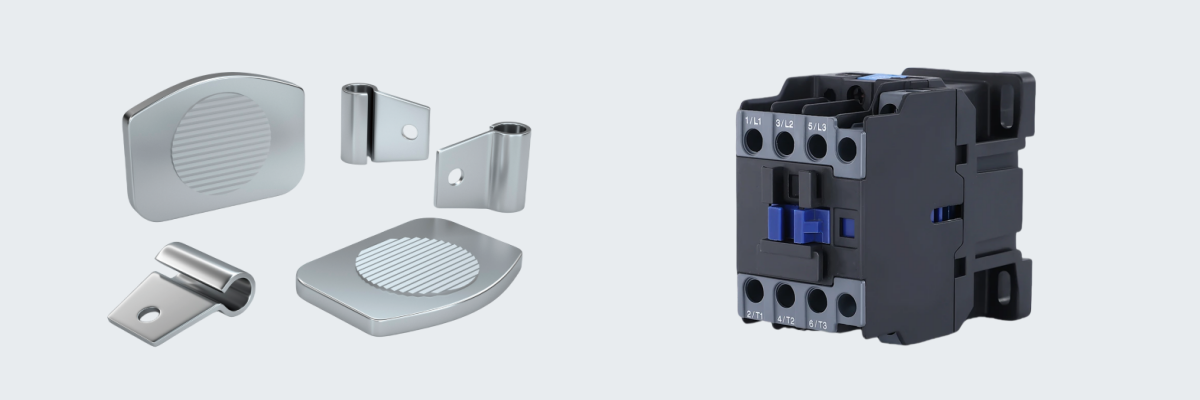As a clean and renewable energy, wind power plays an increasingly important role in the adjustment of the global energy structure which helps reduce energy consumption and environmental pollution. As technology advances and costs decrease, wind power will continue to expand its influence globally and make a greater contribution to building a greener, lower-carbon future.
Electrical contacts are the main conductive contact materials widely used in switching appliances. These switching appliances are widely used in wind turbines to control the switching on and off of current. In wind power generation systems, electrical contacts need to have excellent short-term endurance and resistance to electrical wear to adapt to large currents that may occur during wind power generation.
As a form of electrical contact, contacts tips usually use multi-element silver metal oxide materials, AgSnO2 , etc. These materials are widely used in switching appliances with high current loads due to their excellent electrical conductivity and thermal stability. The electrical endurance of AC contactors of these materials can be increased by more than 2 times compared with conventional contact materials, which means that in wind power generation systems, contacts tips using these materials can provide longer electrical endurance and higher reliability .
In wind power applications, the advantage of contacts tips is that they can maintain stable electrical contact performance in harsh environments, which is crucial for the reliable operation of wind turbines. In addition, since wind farms are often located in remote areas with high maintenance costs, using sheet contact materials with long life and high reliability can reduce the number of maintenance times and reduce overall operating costs.
In summary, contact tips materials such as multi-element silver metal oxide materials and AgSnO2 have important application value in wind power generation systems due to their excellent electrical properties and long life. These materials can improve the operating efficiency and reliability of wind turbines and help promote the sustainable development of the wind power industry.

——The content of the article comes from the Internet

